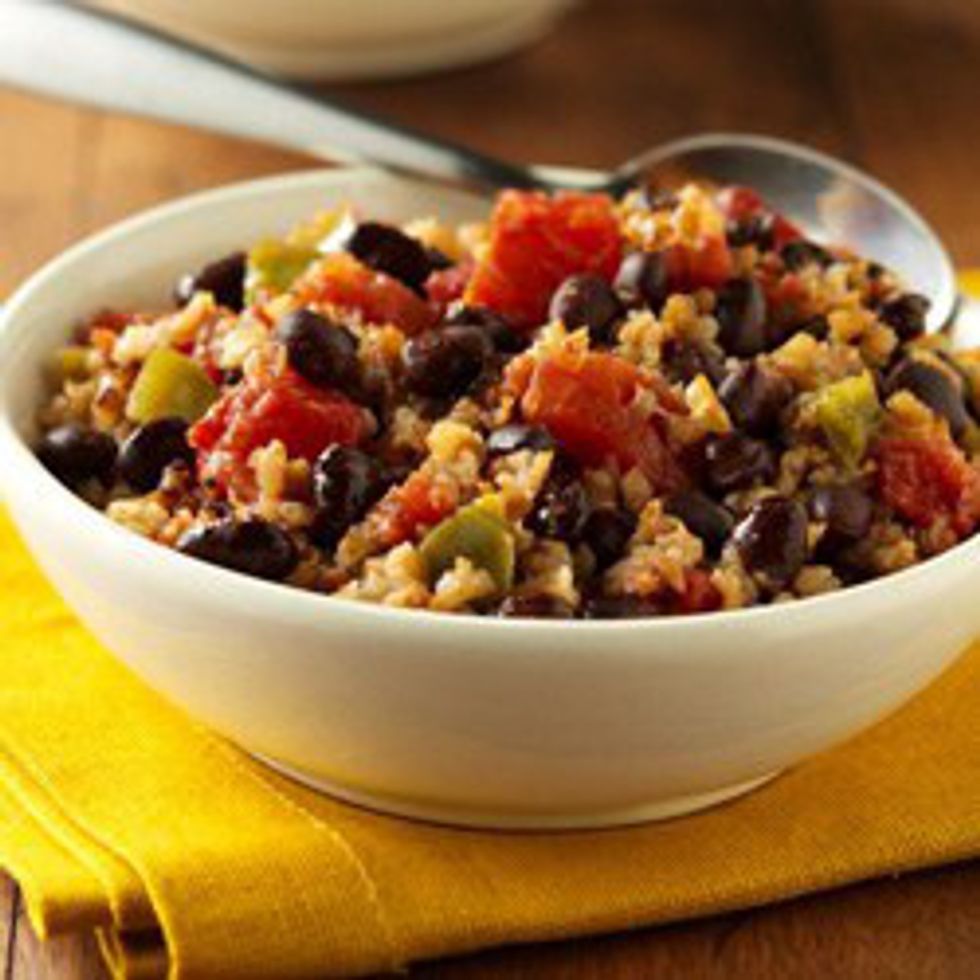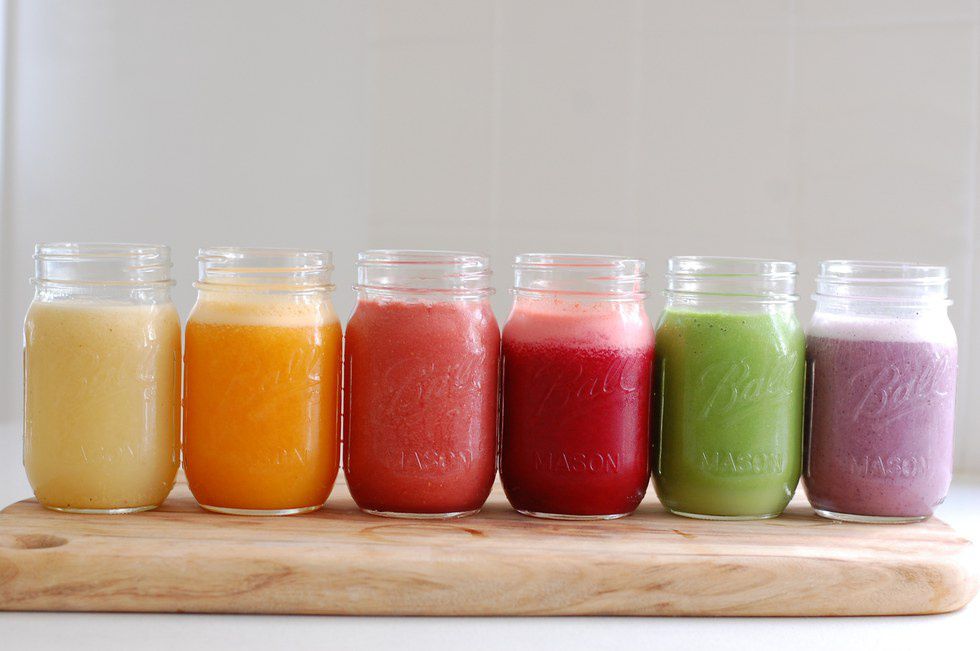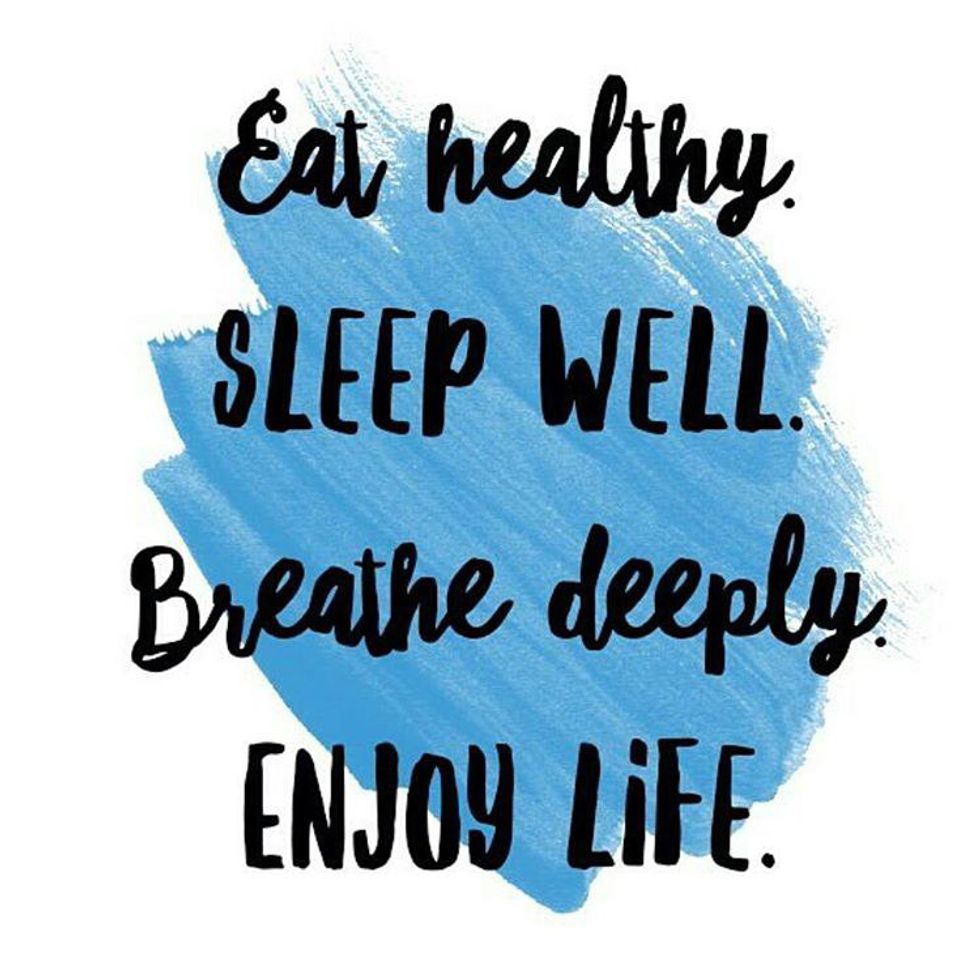As a college student, the idea of eating healthy and keeping some extra change in my pocket seemed like a farfetched dream. If a six-inch at Subway is six dollars, why would you spend all your money on anything else? Well if you’re looking to add a health-kick to your diet, but not break the bank, I have a few tips for you!
1. Two words: Beans and rice.
Seriously, this combo is filling and oh-so-good for you. Adding black beans and brown rice to a meal can not only fill you up for a while, but are a great source of fiber and protein. And get fancy with it! Add some sauces, side it with some veggies or chicken, and you got yourself a meal! Rice and beans are cheap to buy in bulk, too, so there’s no worry about running out.
2. Smoothies for days.
If you swing by the frozen section and buy some bags of fruit, add a fresh banana and top it off with whatever juice or milk you like, a smoothie becomes an easy snack. It’s also a great way to get fruits into your diet, which a lot of us struggle with. Plus, it’s on-the-go -- just blend and head to class! Eventually the smoothies can get fancier with protein powders or some greens to add to the benefits.
3. Easy switches.
I used to eat lots of white bread, but I recently switched to wheat. I also thought soda was a great sip but tossed that out and now my carbonated fix is kombucha. Trust me, it was not easy nor enjoyable at first to switch all the junk out with healthier alternatives. Those chili-cheese Fritos were my shameless addiction for a long while. But nowadays, if I had a bag, my body would feel gross. Once you get on that health life, your body will thank you (eventually). It’s the tiny switches that could go a long way. Check out this list for more.
4. Train your habits.
Take the time to glance at the nutrition facts label on every food product you buy. Becoming more conscious of what you’re eating can impact the way you think about every meal. Now, I don’t mean get crazy-strict about your diet, but more aware. Understanding what’s going in your body can improve mood, energy, and overall health. Just try it out, challenge yourself to calculate out what you’re eating. The results will probably shock you. Here’s a quick breakdown of how to read the label.
5. Know your wallet.
I used to believe that buying packaged foods or pre-made meals was a lot cheaper than starting from scratch. This may be true for some diets, but study shows eating healthy could only cost you $1.50 more per day! Travel through the produce section and you can usually see why. For me, zucchinis and a bag of carrots last a lot longer than a bag of chips. I stretch my dollar a lot more now that I eat healthier.
5. Sleep more.
This may be off-topic from all the food talk, but sleep is equally if not more important to a healthier lifestyle. Getting enough shut-eye is a huge deal, and as college students, we have felt the consequences and benefits of it. During Dead Week, we can physically and mentally feel ourselves rotting away in the library because of the lack of sleep. On days we slept like a baby, we don’t beg for coffee (as much). Eating healthier can help wonders, but if you aren’t getting enough sleep, your body won’t be reaping the rewards as much as it could be. Go to bed!
7. Have patience and perseverance.
Knowing your body is all that a healthy lifestyle is about. How you react to diet changes, what you like to eat, and especially what doesn’t taste good are all factors to consider. Just know that the first week or so will be a battle, and I don’t recommend cutting cold-turkey, either. Gradually changing to healthier alternatives is the best way to go. So be patient and push through. Chomp those greens!




























